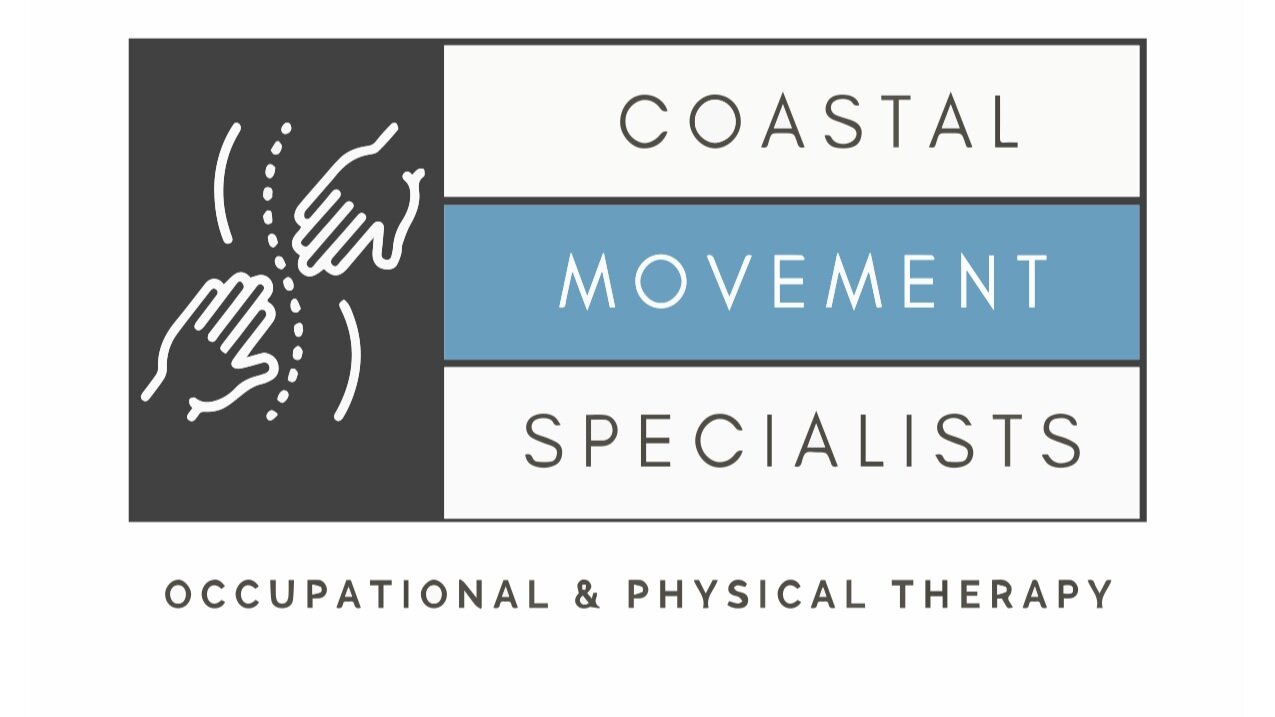How to Prevent an ACL Injury
Although most ACL injuries occur in athletes, you can sprain or tear this ligament by simply making a sudden twisting motion while walking. This injury inhibits an active lifestyle and requires immediate treatment before resuming activity. Because of the high prevalence (almost 250,000 cases per year) of this injury, you can benefit from learning more about the knee joint and how to prevent an ACL injury.
What is an ACL?
Three bones connect to form the knee, the largest joint in the human body. Your femur (thighbone), tibia (shinbone), and patella (kneecap) join with other bones by ligaments that stabilize your knee by limiting its movement. Two of these ligaments, known as cruciate ligaments, lie inside the knee and connect the thigh and shin bones.
The anterior cruciate ligament helps prevent excessive back and forth knee motion. This band of thick connective tissue runs diagonally down the middle of the knee. It functions to prevent your shinbone from sliding in front of your thighbone during activities such as running, jumping, or changing directions suddenly.
What is an ACL Injury?
The most common injuries to the knee involve either over stretching the ACL to cause a sprain, or tearing it partially or entirely. Orthopedic specialists confirm researchers’ findings that females sustain more ACL tears than males. In general, the risk for females is two to ten times greater, three to five times greater for those playing soccer, and two to seven times greater for women basketball players.
What are the Symptoms of an ACL Injury?
The symptoms of an ACL injury include:
· A sudden popping noise or sensation in the knee.
A feeling of your knee buckling or giving out under you.
Severe pain that causes you to discontinue your activity.
Swelling that develops quickly.
Diminished range of motion in your knee.
Diagnosing an ACL Injury
Often the diagnosis of an ACL injury is made from a physical examination that includes assessing the knee’s range of motion. However, you might need one or more other tests to confirm an ACL sprain or tear and the severity of the injury. The most common tests include x-ray, magnetic resonance imaging (MRI), and ultrasound.
Treatment for an ACL Injury
You can help minimize pain and swelling of an ACL injury using the R.I.C.E. method that includes:
· Rest. Getting adequate rest after your injury allows your knee time to begin healing and reduces the time you place weight on your knee.
· Ice. During your waking hours, apply ice to your knee for ten to twenty minutes every couple of hours.
· Compression. An elastic bandage or compression sleeve placed around the knee can help with healing.
· Elevation. Position your leg so that your knee rests above your heart to enhance circulation to the injured ligament. This promotes healing while preventing further pain and swelling.
Following the initial first aid, you may require further treatment, such as:
· Physical therapy. Because physical therapists are movement specialists, their treatment is vital for getting you moving normally again after an ACL injury. Physical therapists can teach you how to modify your activity to place less stress on your injured knee. Additionally, you may receive a treatment plan composed of exercises to strengthen your knee, improve its range of motion, and restore your balance.
· Knee brace. You may need help from your physical therapist or doctor to decide if you should wear a knee brace while your ACL heals. You may benefit from the stability it provides your knee and the added feeling of security to add more weight on the injured joint until its strength returns.
· Knee surgery. Several factors influence the decision to have ACL surgery, including age, activity level, the severity of ligament’s injury, and overall health. The typical ACL surgery involves using a graft to reconstruct the ligament.
Eight Tips to Prevent an ACL Injury
Maintaining healthy knees is essential to athletes and others interested in living an active, independent lifestyle. The following tips can help you prevent knee injuries, such as an ACL strain or tear:
1. Perform leg strengthening muscles. One of the most important preventive measures is strengthening the quadriceps and hamstring muscles on the front and back of your thighs.
2. Increase leg muscle flexibility. Implement stretching exercises that target the thigh and calf muscles.
3. Exercise all year. Keeping your legs strong consistently throughout the year prevents susceptibility to injury during the off-season.
4. Maintain a strong core. A strong core helps you move more efficiently. This added control of your body minimizes the risk of an ACL injury.
5. Improve your balance. Many ACL injuries result from a sudden change in direction or speed, or landing incorrectly. You can mitigate knee ligament damage by improving your balance and strengthening the muscles, ligaments, and tendons in your feet and legs.
6. Proper shoes. Avoid wearing high heels. Always wear well-fitted and appropriate shoes for your activity. Wearing shoes with cleats during contact sports increases your risk of an ACL injury.
7. Learn how to move during sports. Participating in sports that require jumping, sudden twists, turns, and changes in direction dramatically increases your risk of an ACL injury. You can lower this risk if you learn the best techniques for these movements, such as pivoting, bending, jumping, and landing on your feet.
8. Warm-up before activity. Warming up by jogging, riding a bike, or other moderate activity can loosen your muscles and ligaments to minimize the risk of a sprain or tear.
Work With Our Physical Therapists
Our physical therapists are movement specialists who can help you recover from an ACL injury or surgery more quickly and thoroughly. We also can provide a plan to help you prevent an ACL injury that might threaten your active lifestyle. Located on Johns Island, SC, Coastal Movement Specialists serves the entire Charleston area. Contact us today to learn more.

